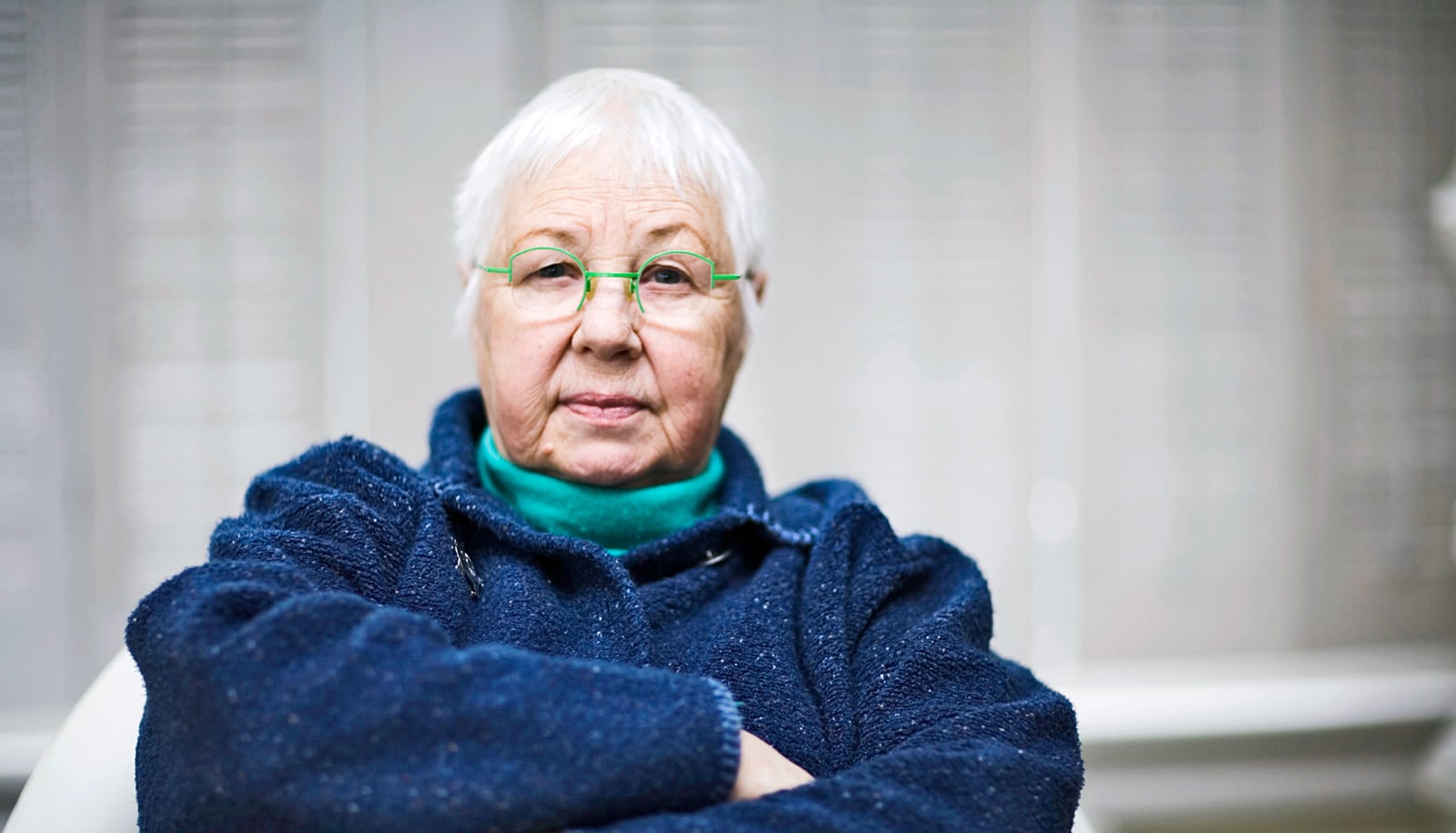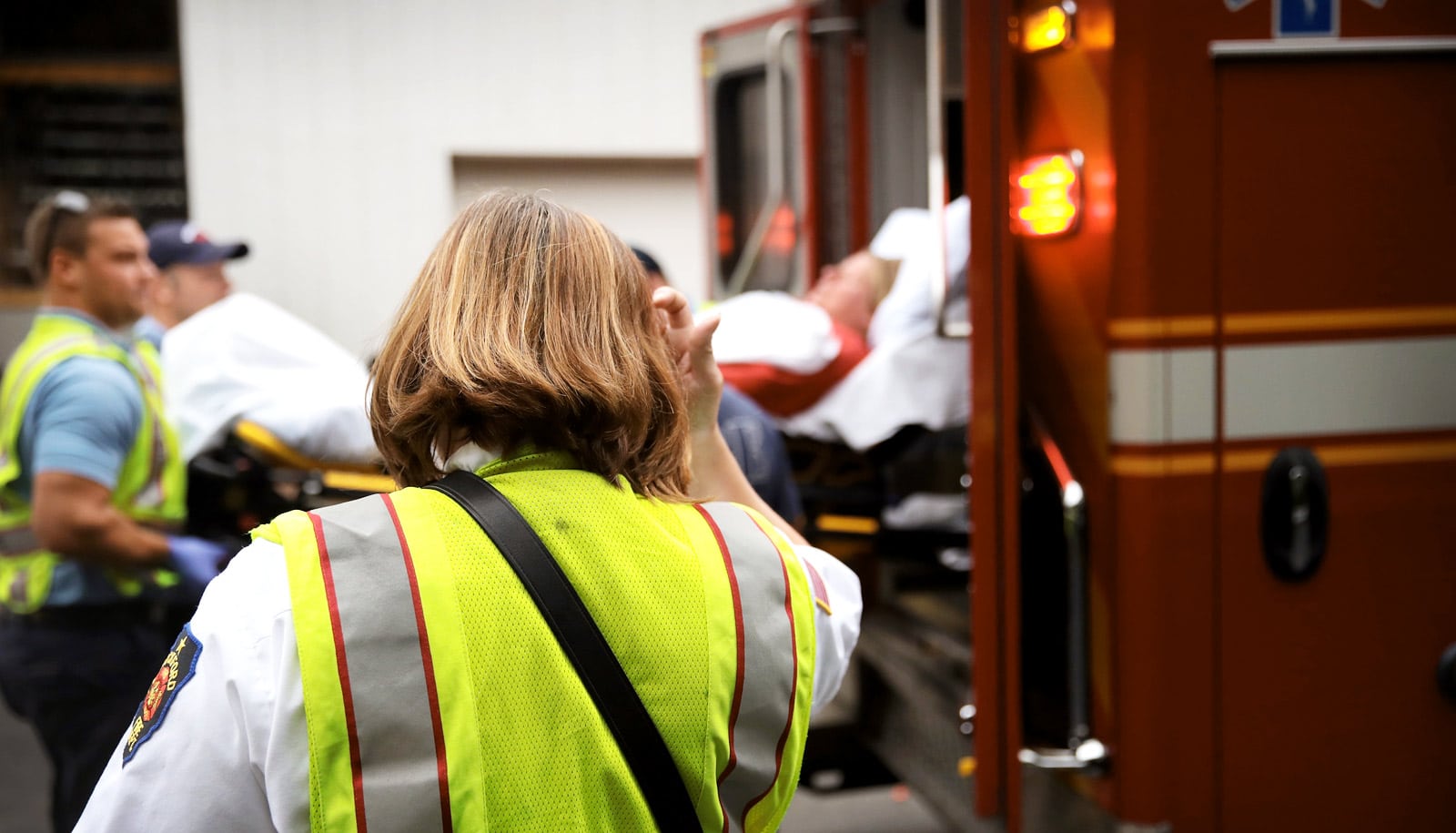Among older Americans, the poorest are the most likely to use prescription opiods, according to a new study.
The findings raise important questions about access to pain management options for the disadvantaged in the current climate of the opioid epidemic.
“The poor had about double the rate of opioid use compared to wealthier groups,” says lead study author Hanna Grol-Prokopczyk, an assistant professor of sociology at the University at Buffalo.
“The poor are the ones who have been disproportionately relying on these medications—and it’s not always easy for them to switch to other ways of dealing with chronic pain.”
Risky prescriptions
Grol-Prokopczyk says the poor are less healthy than the general population and experience more pain, but the findings, which focused on prescribed use, not misuse, of opioids, indicate that even for the same pain level, the poor are more likely to be using prescription opioids.
Little research on opioid use has focused specifically on older adults, despite their relatively high rates of opioid use and chronic pain. Some studies, without explanation, exclude adults older than 65 altogether.
“Identifying the groups most affected by opioids is important because there are long-term risks from opioids even when used exactly as prescribed,” says Grol-Prokopczyk.
“These include increased risk of depression; suppressed immune function; and increased risk of death from causes other than overdose, such as cardiovascular and respiratory events. Policies and practices should make sure that disadvantaged groups receive information about the risks of opioids and have access to alternate pain treatments,” Grol-Prokopczyk says.
The researchers based their findings on responses from 3,721 participants in the nationally representative Health and Retirement Study’s 2005-06 Prescription Drug Study.
“These data are particularly useful because they were gathered during the peak period of opioid use in the US,” says Grol-Prokopczyk. “Participants also self-reported their pain level as low, moderate, or severe, and gave their opinions of the prescription drugs they were using.”
Costly alternatives
Most study participants indicated they were happy with opioid effectiveness. More than 80 percent felt the medication was important to their health and more than 75 percent responded that it was the best medication for their pain management. Fewer than 12 percent reported unpleasant side effects.
Now that the therapeutic landscape has changed in the face of the opioid epidemic and opioid prescriptions are harder to get, health care providers may instead recommend treatments that have limited insurance coverage or no coverage at all, such as physical therapy, cognitive behavioral therapy, hypnosis, or acupuncture.
These often present challenges to poorer adults who might not be able to afford the alternatives or have the means to attend clinic visits that can span months or even years.
“Some pain researchers argue that the country is simultaneously experiencing an opioid crisis and a crisis of undertreated pain,” says Grol-Prokopczyk.
“Effectively minimizing the risks of opioids while still addressing chronic pain will require understanding who is exposed to opioids, and ensuring that all groups can access alternate pain treatments.”
The study appears in the Journal of Gerontology: Social Sciences.
Source University at Buffalo



